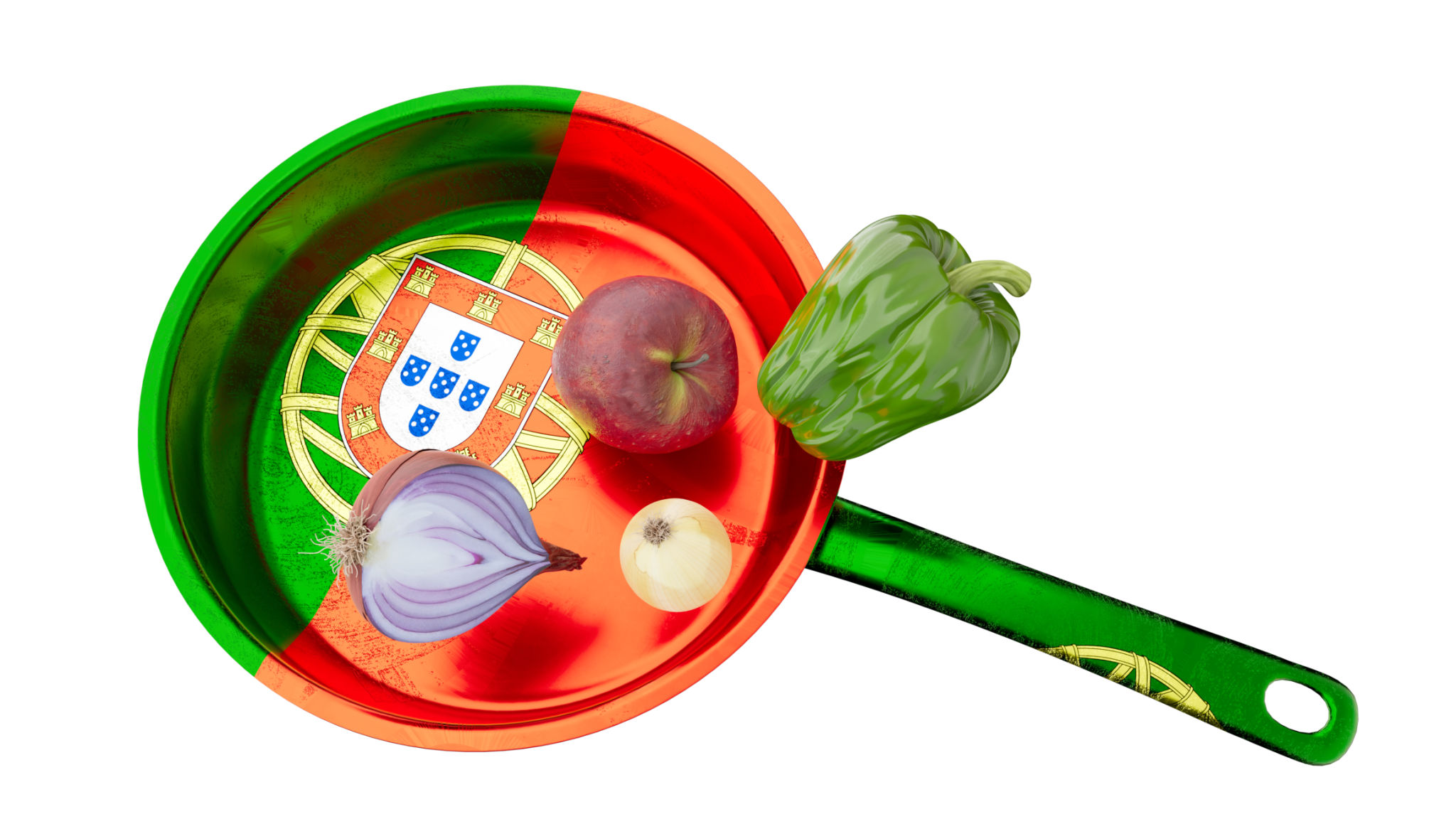The Role of Portuguese Culture in Modern Design Aesthetics
Introduction to Portuguese Culture in Design
Portuguese culture, with its rich and diverse heritage, has been a significant influence on modern design aesthetics. From architecture to textiles, the distinctive elements of Portuguese craftsmanship and artistry continue to inspire designers worldwide. This blog post explores how these cultural characteristics shape contemporary design, highlighting key aspects that make them unique and influential.

The Influence of Azulejos
A hallmark of Portuguese design is the use of azulejos, the beautiful ceramic tiles that adorn many buildings across Portugal. These tiles, often featuring intricate patterns and vibrant colors, have become a symbol of Portuguese artistic expression. Modern designers draw inspiration from azulejos, incorporating their geometric patterns and vivid palettes into everything from interior design to fashion.
Azulejos serve not only as decorative elements but also as storytelling mediums. Many tiles depict historical scenes or cultural narratives, offering a unique way to blend art with functionality. This fusion of beauty and utility is a key principle in modern design, where aesthetics are seamlessly integrated with purpose.
The Role of Portuguese Textiles
Portugal has a long tradition of textile production, known for its high-quality materials and intricate craftsmanship. Portuguese textiles, such as linens and wools, are celebrated for their durability and luxurious feel, making them a favorite choice among designers seeking both style and substance.

Contemporary designers often use Portuguese textiles to create products that reflect the country's rich cultural heritage while meeting modern demands for sustainability and ethical production. By combining traditional techniques with innovative approaches, these textiles exemplify how heritage can be preserved through modern design.
Architectural Heritage and Modern Design
Portuguese architecture, characterized by its blend of Gothic, Baroque, and Manueline styles, offers a wealth of inspiration for modern architects. The intricate stonework and ornate detailing found in historical structures are echoed in contemporary buildings that prioritize both form and function.
Modern Portuguese architects often incorporate elements such as natural light and open spaces into their designs, reflecting the country's Mediterranean climate and lifestyle. This approach not only honors traditional architectural practices but also adapts them to meet current environmental and social needs.

Portuguese Art in Contemporary Design
Artistic expression is a vital component of Portuguese culture, influencing various design disciplines. From painting to sculpture, the bold and expressive nature of Portuguese art continues to inspire contemporary creators. Designers often integrate these artistic elements into their work, creating pieces that are both visually striking and culturally significant.
The use of traditional motifs, combined with modern materials and techniques, allows designers to produce innovative works that pay homage to their cultural roots while pushing the boundaries of creativity. This blend of old and new is a defining characteristic of modern design aesthetics influenced by Portuguese culture.
Culinary Influence on Design
The culinary arts also play a role in shaping design aesthetics in Portugal. The country's rich gastronomic heritage inspires everything from restaurant interiors to kitchenware design. Elements such as color palettes drawn from traditional Portuguese dishes or patterns inspired by dining ceramics are common in contemporary design projects.
This culinary influence highlights the importance of sensory experience in design, where taste and aesthetics come together to create environments that delight all the senses. By incorporating culinary elements into design, creators can evoke a sense of place and tradition that resonates with audiences worldwide.

Conclusion: The Global Impact of Portuguese Design
The integration of Portuguese cultural elements into modern design aesthetics demonstrates the enduring impact of tradition on contemporary creativity. By embracing their heritage, designers are able to craft works that are not only beautiful but also meaningful and culturally resonant.
As global interest in sustainability and authenticity grows, the principles rooted in Portuguese culture — from intricate craftsmanship to the harmonious blend of tradition and innovation — offer valuable lessons for the future of design. These elements ensure that Portuguese influence continues to be a vital part of the global creative landscape.
